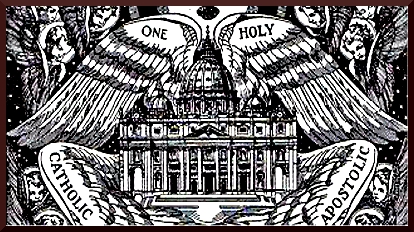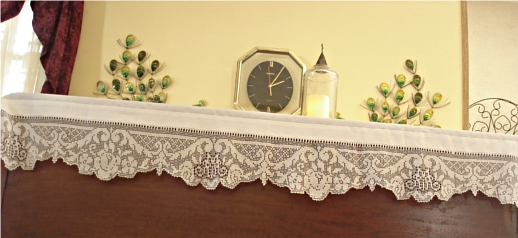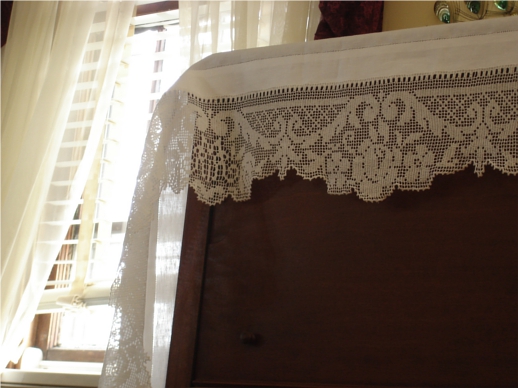On May 10 of last year (2012) the Holy Father canonized St. Hildegard, and on October 7 declared her a Doctor of the Church. At that time, I did a little research on her, but I never got around to posting because so much of what I found was in Spanish and I really did not feel that I had the time to translate. But today, it seems most opportune to make the time. Why? It seems that Our Holy Father’s bombshell announcement of his abdication has the whole world talking. Listening here and there, I perceive (and concur with) the sentiment many are expressing that we are nearing the end of an era.
The Holy Father had said in 2010 regarding St. Hildegard, that she “speaks with great timeliness also to us today”. He mentioned her visions: “As always happens in the life of true mystics, Hildegard, too, wanted to be subject to the authority of wise persons to discern the origin of her visions, fearing that they were the fruit of illusions.” St. Bernard of Clairvaux and later, Pope Eugene III, confirmed that, indeed, Hildegard was a true mystic, and the pope authorized her to write and speak about her visions.
The Holy Father went on to recall that she earned the title of “Teutonic prophetess”. Keeping in mind that he well knows the full secret of Fatima, and recall that he said St. Hildegard “speaks with great timeliness also to us today”, what is it that this “Teutonic prophetess” might say which according to the Holy Father would be timely for us today? Let me begin with the a few paragraphs.
“The justice, honesty of morals and the dignity of virtue which was restored by the prophets after the flood until the coming of Jesus Christ, and after them by the apostles and doctors of the Church, will shine for a long time, but will afterward degenerate; after those evil days, before the end of time, and after great tribulations, they will regain their former glory among men.”
“Taking charge of the cause of justice, the sovereign Judge will punish transgressors, above all, bad pastors of the Church, allowing them to be stripped of their temporal goods, before humbling them through tribulations. Finally, purified by many trials, each Order, ecclesiastical and secular, will regain the fervor and dignity of its origin.”
“When the fear of God has been lost entirely, atrocious and cruel wars will follow in plenty, a multitude of people will be sacrificed for them and many cities will become a heap of ruins. As a man wins by superior strength over the weakness of the woman, and the lion outperforms all animals, in the same manner, some men, of unparalleled ferocity, raised by divine justice, will mock the rest of their peers. It has been thus since the beginning of the world; the Lord will put in the hands of our enemies the iron rod cruelly destined to avenge our iniquities.”
There is much more and I will translate as I get the chance. Stay tuned, and pray much.


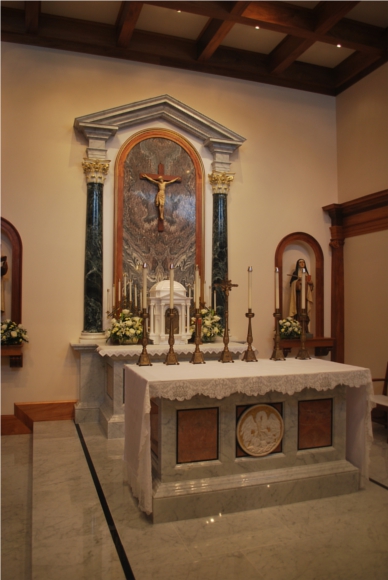
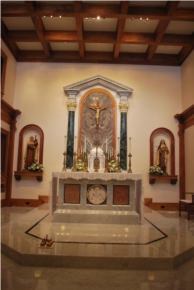
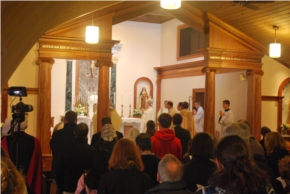



 “the usefulness of which is unquestionable, a clear and inexhaustible spring out of which may drink both flock and pastor.”
“the usefulness of which is unquestionable, a clear and inexhaustible spring out of which may drink both flock and pastor.”